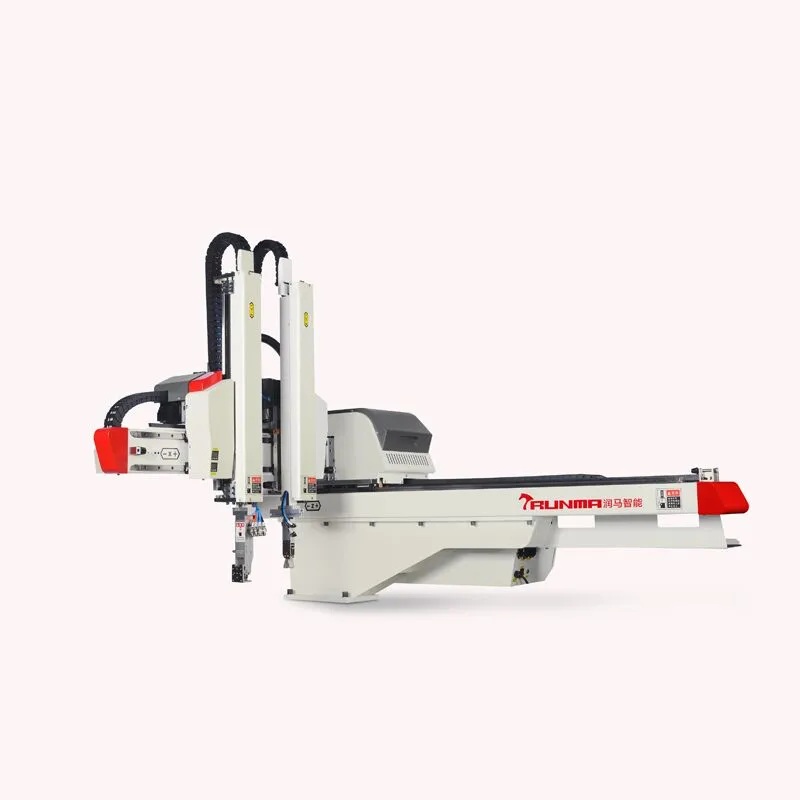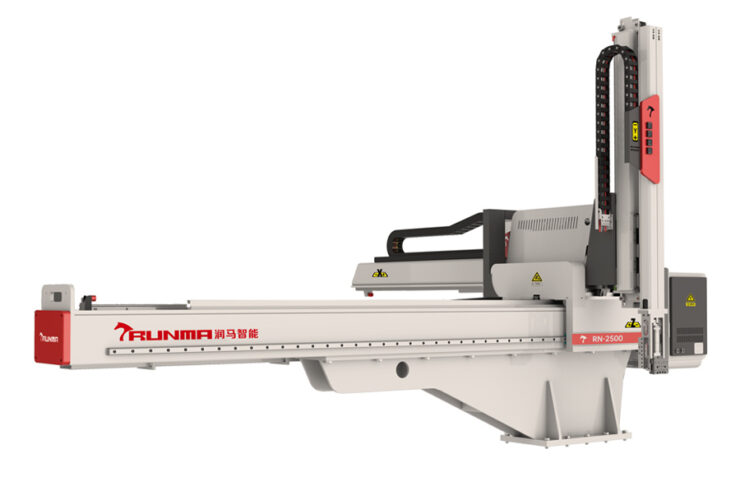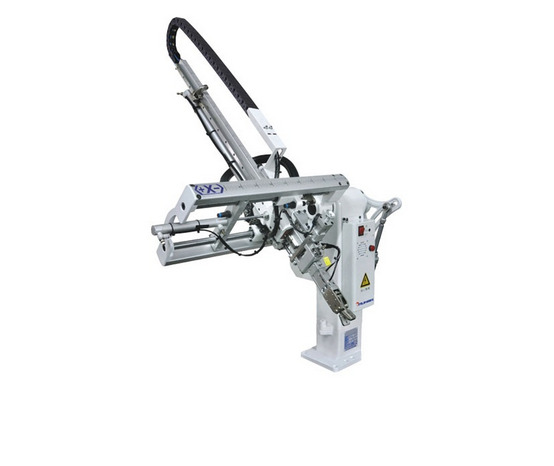Cartesian Robots vs. Articulated Robots: Which One Fits Your Automation Needs?
At time of deciding on the proper automation or robotic machine, it’s essential to understand how such types of robots work like Cartesian robotic and the articulated robot work. Each provides particular benefits and might improve performance in various applications. But choosing the right one depends on your project’s desires. In this article, we’ll have a look at both alternatives and help you discern which robotic fits your automation setup well.
What’s A Cartesian Robot?
A Cartesian robot is designed with three linear axes—x, y, and z. These robots pass in immediately alongside every axis. Their shape looks as if it is a box or frame with rails or beams. This simple design makes them clean to use and manipulate. Cartesian robots work well in jobs that need high precision, like pick-and-vicinity responsibilities, 3D printing, and CNC operations.
Due to their straight-line motion, Cartesian robots provide brilliant repeatability. They can deal with heavier masses without losing accuracy. Also, on account of their simple layout, they usually feel less need to keep. Those robots are ideal for fixed and repetitive movements that do not require frequent attention. You’ll locate Cartesian robots in tasks like packaging, stacking, and assembly tasks.
What’s An Articulated Robot?
An articulated robot appears much like a human arm. It has multiple joints, regularly among 4 and 6, allowing an extensive variety of motion. Those robots rotate in exclusive directions, which offers them more flexibility. They can attain around gadgets, twists, and paintings in tighter spots.
An articulated robotic arm is an incredible match for extra complex operations. You’ll see them in welding, painting, and elements inspection. These robots are best when an activity calls for easy, curved movements. But, they usually want an extra area than Cartesian robots and are more difficult to program due to their complex layout.
Whilst Ought To You Pick A Cartesian Robot?
Pass for a Cartesian robotic in case your challenge needs immediate-line movement and high accuracy. Those robots shine in methods like reducing, labelling, and product handling. They’re easier to put in, and their motion is straightforward to apprehend. If you’re searching out velocity and repeatability without managing elaborate angles, a Cartesian robotic is possibly your first-rate alternative.
Understand that Cartesian robot paintings are exceptional in setups where the area allows for an extended frame or rail device. They’re now not ideal in situations that require twisting or bendy arm movement. However, in relation to stability and precision, they deliver consistent consequences.
When Is An Articulated Robotic A Better Option?
Choose an articulated robotic in case your system involves complex movement or needs the ability to move around items. Those robots are perfect for flexible meeting obligations, gadget tending, and more distinctive operations. If your workspace is tight, however, you still need a vast range of motion; an articulated robot will serve you better than a Cartesian robot.
However, take into account that schooling and renovation might also take extra effort. These robots offer more motion but additionally require greater control. They are in shape initiatives wherein adaptability and motion angles rely more than strict linear accuracy.
Conclusion
Each of the Cartesian robots and the articulated robots serves one-of-a-kind automation desires. If your work involves instantly-line tasks and needs easy management, a Cartesian robotic is probably the right choice. If you want flexibility and a wide variety of motion, an articulated robotic makes more experience. The fine preference relies upon your method, space, and required precision. Understanding these robot types allows you to make a clever choice for your automation machine.



